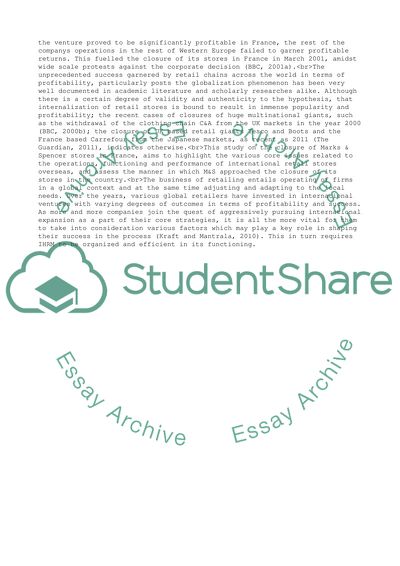Cite this document
(International human resource management ( Marks and Spencer ) Essay, n.d.)
International human resource management ( Marks and Spencer ) Essay. https://studentshare.org/human-resources/1768917-international-human-resource-management-marks-and-spencer
International human resource management ( Marks and Spencer ) Essay. https://studentshare.org/human-resources/1768917-international-human-resource-management-marks-and-spencer
(International Human Resource Management ( Marks and Spencer ) Essay)
International Human Resource Management ( Marks and Spencer ) Essay. https://studentshare.org/human-resources/1768917-international-human-resource-management-marks-and-spencer.
International Human Resource Management ( Marks and Spencer ) Essay. https://studentshare.org/human-resources/1768917-international-human-resource-management-marks-and-spencer.
“International Human Resource Management ( Marks and Spencer ) Essay”. https://studentshare.org/human-resources/1768917-international-human-resource-management-marks-and-spencer.


